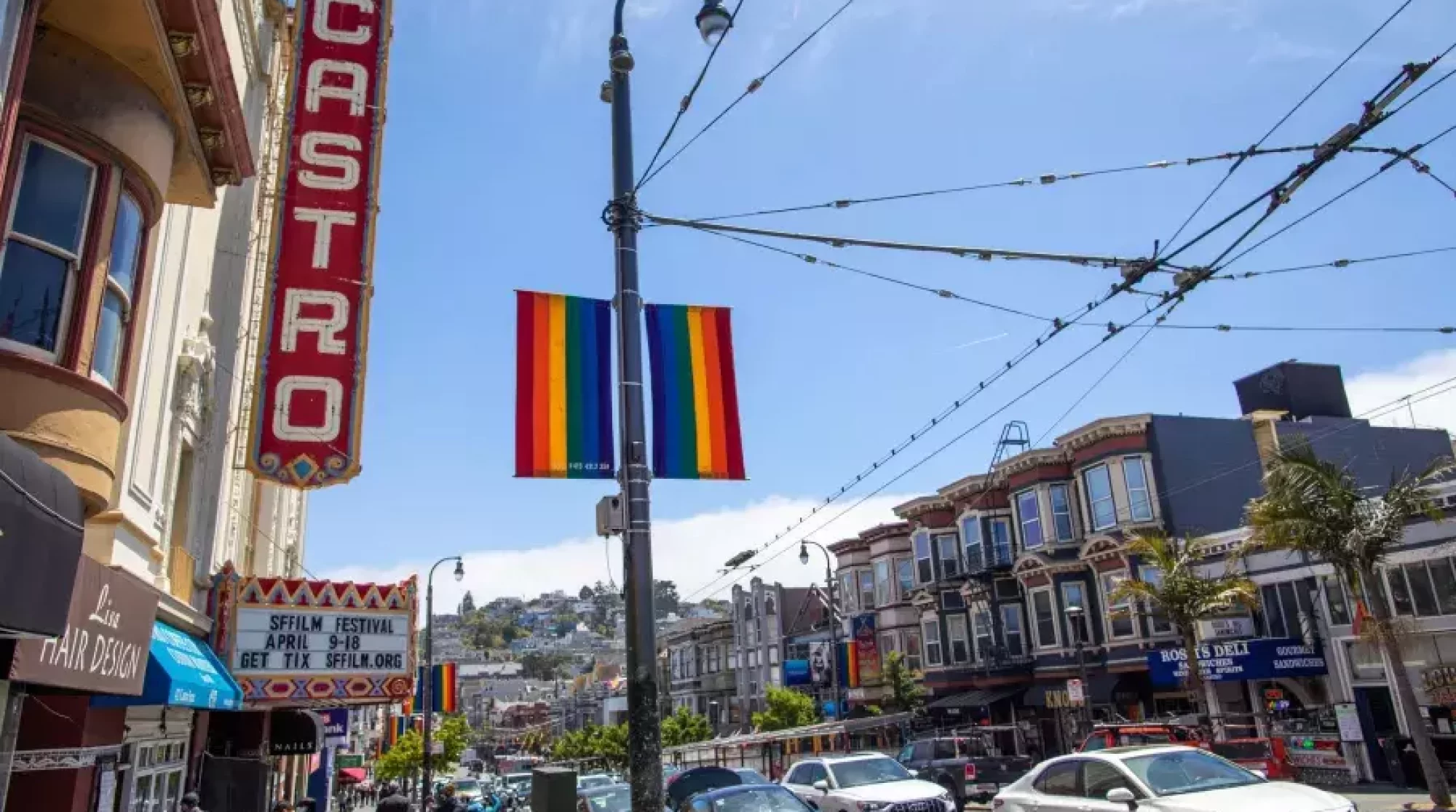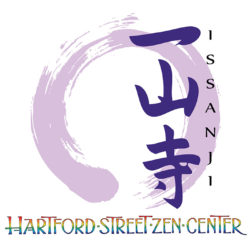In a historic decision, the U.S. Supreme Court ruled Monday that the 1964 Civil Rights Act protects gay, lesbian, and transgender employees from discrimination based on sex. A LGBTQ+ pride gift to us all.



Hartford Street Zen Center | Issan-ji temple
A Sōtō Zen temple for the LGBTQ+ community, friends and allies in San Francisco's Castro neighborhood
In a historic decision, the U.S. Supreme Court ruled Monday that the 1964 Civil Rights Act protects gay, lesbian, and transgender employees from discrimination based on sex. A LGBTQ+ pride gift to us all.

Please join us Saturday for our usual schedule to share support of the community with your sangha and then take part in the festivities!
If you’d like to march in the parade, SFZC’s Queer Dharma and other SFZC family is marching, and you can join them!
Sunday June 26th. Please join !
SFZC Queer Dharma Team
In Japanese, there is a proverb that says “Hot and cold weather last until the equinox”. This week-long ceremony takes place on the spring and fall equinoxes, the middle of an important week when the weather is usually very good.
Higan is the teaching that leads people from the world of delusion to the world of awakening. There are six components of this teaching: giving, precepts, perseverance, diligence, zazen, and wisdom. It is taught that if we carry out these practices we will be blessed with happiness and good fortune.
On the day before Higan, it is the custom in a Japanese home to clean the Buddha altar, to straighten up the various Buddha implements, and to change the flowers on the altar. It is also customary to make offerings of rice dumplings on the first day of the week. On the equinox (the middle day of this week) rice cakes covered with bean jam called ohagi or botamochi are offered. And once again on the final day of the week, dumplings made from rice flour are offered. During this time, offerings of food, special sweets, and fruit are also made.
It is customary at this time to visit the temple to present offerings of pounded-rice cakes (mochi), sweets, fruit, and so on to the principal image of Buddha as well as the family ancestors.
It is also the custom at Higan to visit the family grave to express our gratitude to the family ancestors. For those people living far away from the family grave, it is especially good to visit the temple and family grave during Higan. This is a good way to learn the warm-heartedness customarily expressed during Higan of giving rice cakes covered with bean jam to the neighbors and one’s relatives.
A visit to the family grave first begins with cleaning the grave stone and grave site. It is particularly important to scour places that easily become dirty such as water basins and flower vases. Older wooden stupas are mindfully removed and disposed of according to temple instructions. Once the grave has been cleaned, fresh offerings of water, incense, and favorite delicacies of the deceased ancestors’ are made. The temple priest is then asked to chant a sutra at the grave, at this time, we join our hands in wholehearted prayer.
Following the visit to the gravesite, it is proper to remove the food offerings. No one likes to see spoiled offerings and they are also unsanitary. It is also good to clean up the special gravesite for graves that are no longer tended by family members and offer incense and flowers. In Japan, this is thought to express the beauty of one’s heart and mind.